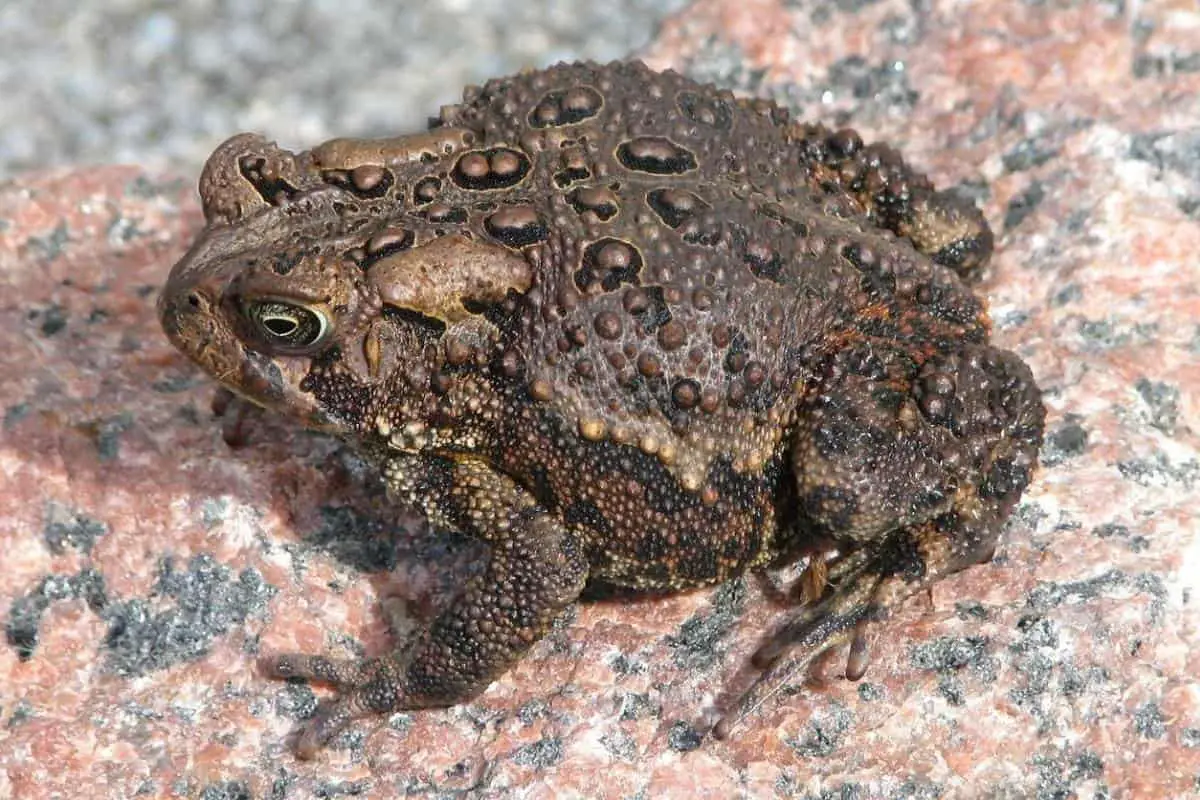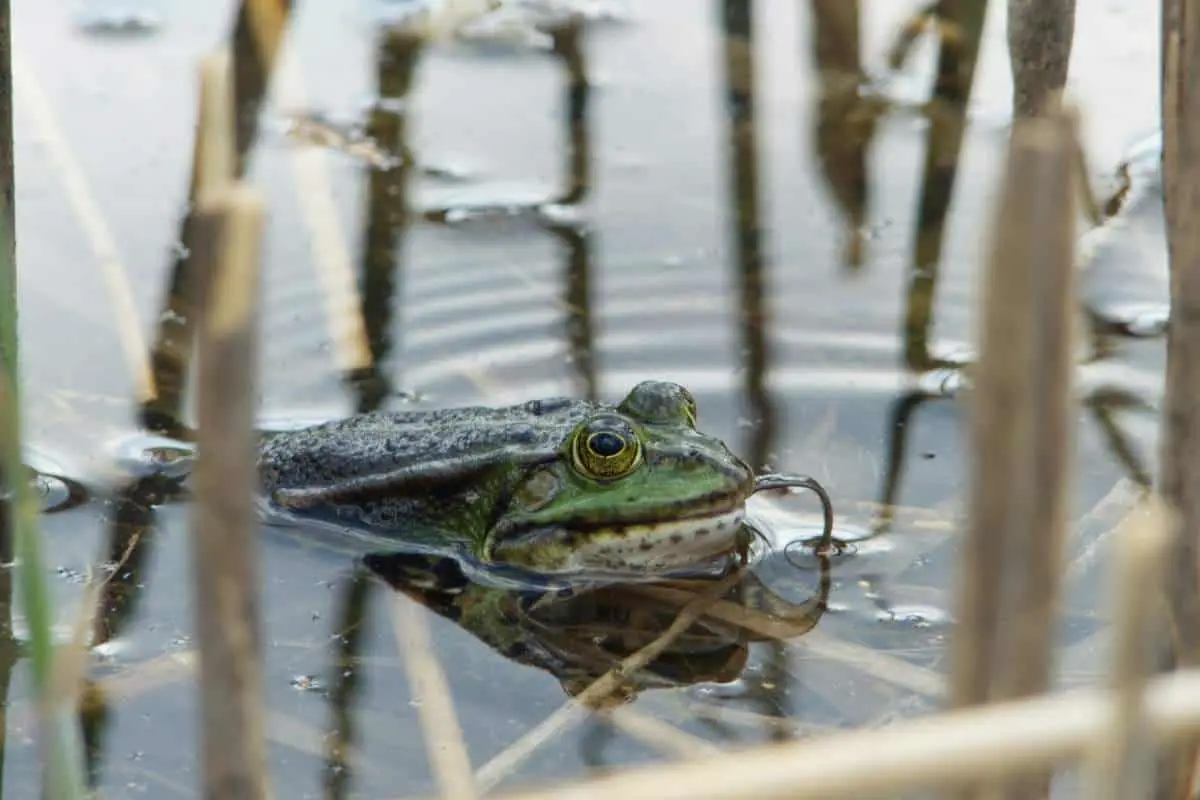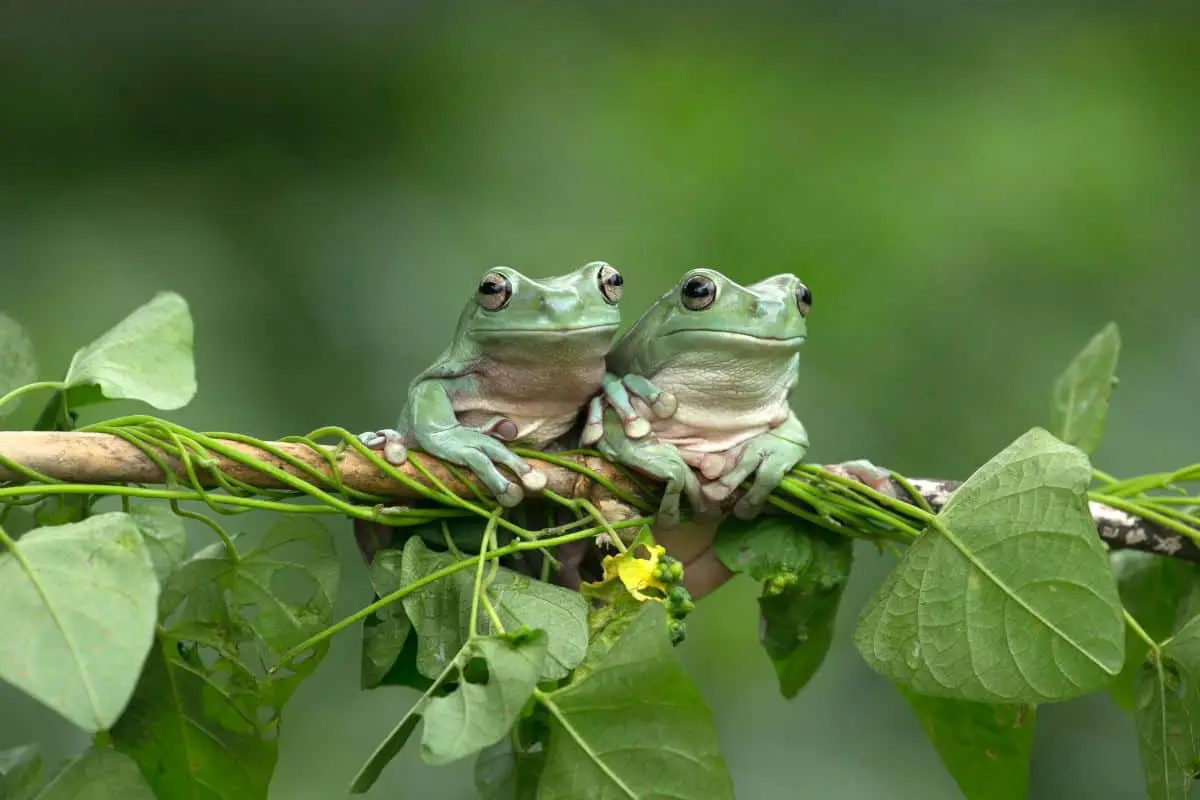American toads are some of the most abundantly populated and widespread toads in North America. They are found in the northeast and New England. In fact, there’s likely a massive population of American toads living near you if you live around the Great Lakes. There’s also probably a lot you don’t know about these fascinating amphibians. Follow along as we discover 15 interesting facts about American toads.
15 Facts About American Toads
American toads are plump and stocky. They measure about 2 to 4.5 inches and vary in color. They might be tan, brown, reddish, olive, or variations of those colors.
1. They Are A “Cryptic Species”

There are three subspecies of American toads: Eastern, Dwarf, and very rare Hudson Bay. These are known as “cryptic species,” and it takes an expert to identify them.
Cryptic species means they appear to be identical, and you can’t tell the difference just by looking at them. However, genetically, they are very different from one another.
2. Newly Metamorphosed Toads Are Called Toadlets
Baby American toads that have just emerged from the water are called toadlets. American toadlets are often lighter colored and grow darker as they get older.
Little toadlets spend their time on the ground and usually show up after rains and standing water. They are carnivorous and eat insects and other small prey.
3. The Oldest American Toad Lived 36 Years
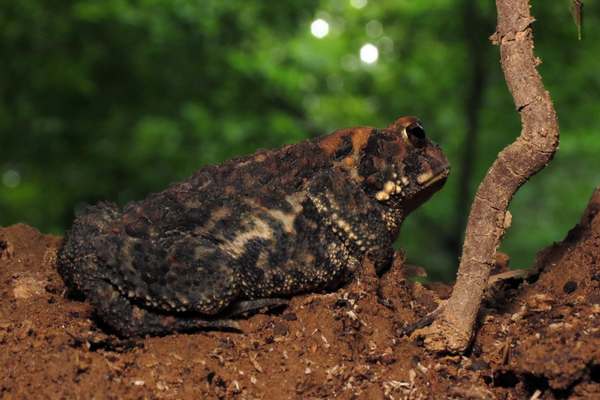
The oldest American toad ever recorded lived to be 36 years old in captivity. The poor toad suffered an unfortunate accident and died, so it’s possible it could have lived longer.
American toads can live to be up to 10 years in the wild. They usually end up as prey or succumb to environmental factors.
4. One Toad Can Eat Up To 1000 Insects A Day
American toads love insects. Worms, spiders, ants, and other creepy crawlies make up the primary diet of toads.
One American toad is capable of eating up to 1000 insects in one day in the wild. That’s a lot of bugs. Therefore, they can make a significant impact on insect populations.
5. They are Toxic
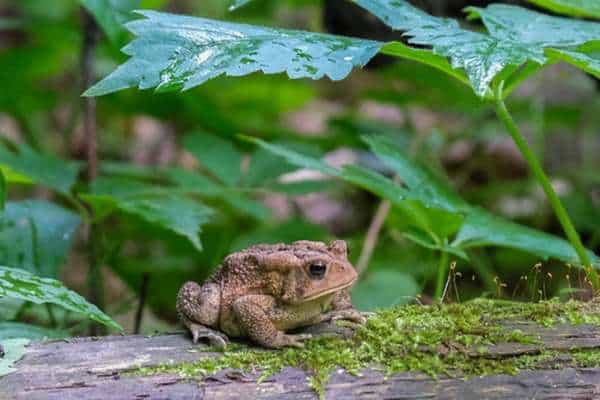
American toads’ primary defense against predators is a toxin they secrete called Bufotoxin. The toxin is secreted from their parotoid glands.
This poison makes the toad taste terrible to a potential predator and can possibly make them sick. Even tadpoles are toxic and can make a predator very sick.
6. Garter Snakes Are Immune To Toad Toxins
Few predators can handle the American toad’s toxins. However, garter snakes have adapted to be immune to the toad’s toxins. As a result, they can eat a toad and are not affected by the poison.
Studies show Garter snakes retain the toxin in their body as a defense against predators. So American toad toxins are beneficial not just to the toad themselves but also to garter snakes.
7. Females Lay Thousands Of Eggs At A Time
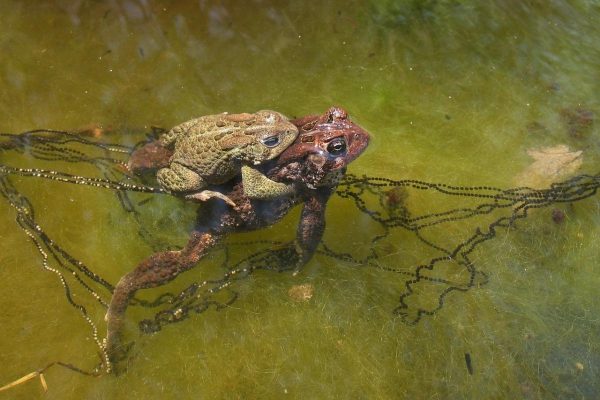
Female American toads can lay 4000 to 8000 eggs at a time. Eggs are laid in two rows of jelly-like long spiral tubes.
It takes. 3 to 14 days for eggs to be ready to hatch, depending on temperature. The eggs are ignored by the parents once they’re laid.
8. Eggs Are Counter-Shaded
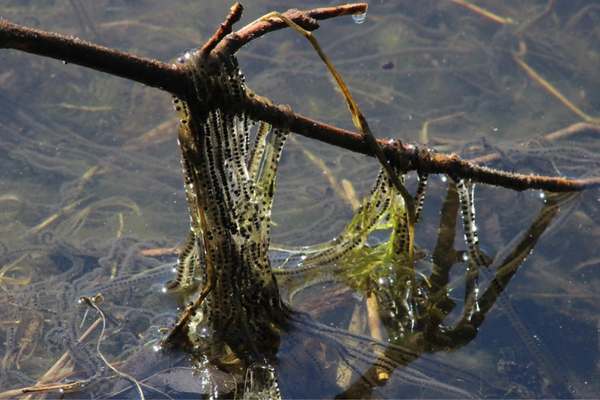
American toad eggs are actually counter-shaded. This means they are lighter on the bottom and darker on the top for camouflage.
From underneath, the light color blends in with the water surface. From above, the eggs blend in the darker surroundings in the water.
9. They Transform From Herbivore To Carnivore In Their Lifecycle
American toad tadpoles start their life as herbivores. They feed on algae and other plant materials in the water.
When they emerge from the water as adults, they become carnivores. They then begin to eat insects and other invertebrates.
10. They Have A Recognizable Call
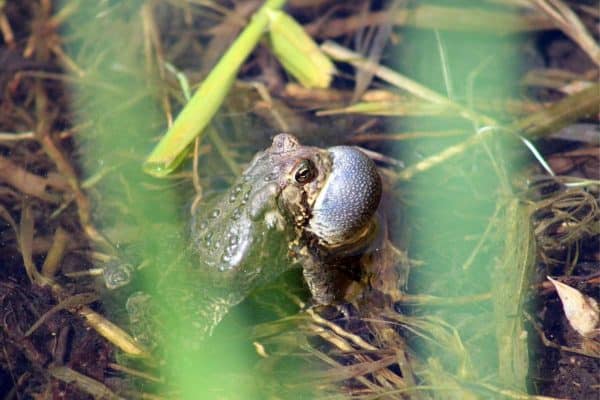
During the mating season, from spring until late summer, male American toads call females with an unmistakable call. They have a very long trill sound they project.
Their trill calls can last between 4 and 30 seconds uninterrupted. Interestingly, no two male toads sound alike, and each one is unique.
11. Their Skin Color Changes

The American toad has skin that changes color according to the environment they are in. The different colors of their skin can range from dark reddish brown to light red or dark brownish gray to light brown to yellow.
Depending on temperature, humidity, and stress, the toad’s skin changes color to help them camouflage themselves from predators. They also change color when they are in danger.
12. They Are A Popular Pet
American toads make great pets because they’re really easy to care for. One toad needs at least a 10-gallon aquarium to house it.
Pet toads enjoy having leaf litter or substrate to hide under. They also require live prey to eat, like crickets or other insects. However, you should never remove a toad from the wild and keep it as a pet.
13. They Have Nearly A 360 Degree Field Of Vision
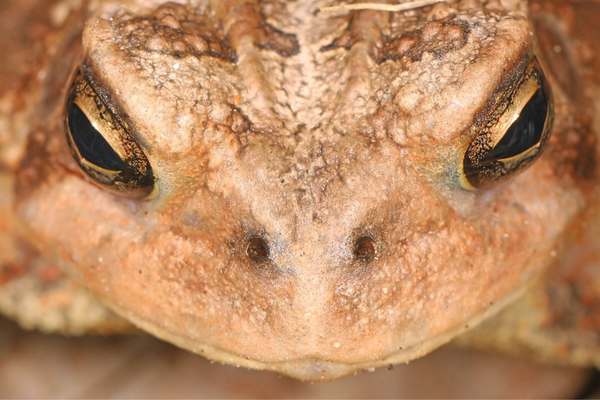
Because of the position of their eyes, American toads can see nearly 360 degrees around them without moving their head. This means a toad can sit still until the prey is nearby, then attack.
Their full field of vision also protects them from predators. A toad can see a predator sneaking up behind them.
14. They Have Warts But Don’t Cause Them
There’s a common myth that toads cause warts. While the American toad’s body is covered in warts, it does not cause warts in humans.
American toads secrete toxins that might irritate human skin. They might also carry bacteria or other microbes, so it’s important to wash your hands after handling a toad.
15. They Recognize Their Siblings
American toads return back to the water that they hatched from when they’re adults to breed. Since there are thousands of them, there’s a chance they encounter their siblings.
The toads recognize their siblings and don’t breed with them. This prevents genetic defects from incest in the toads. Scientists are still trying to understand this phenomenon.
